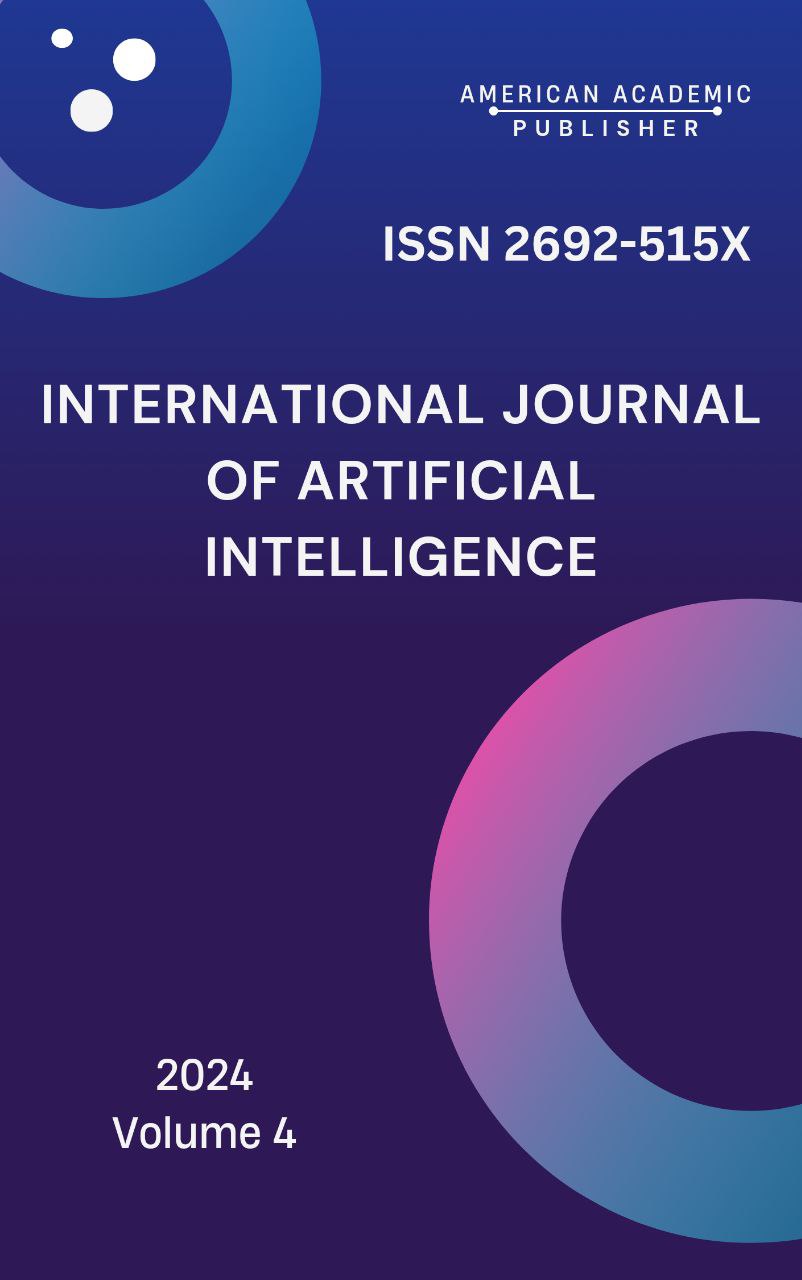 Articles
| Open Access |
Articles
| Open Access | PECULIARITIES OF SCIENTIFIC TRANSLATION
Kurbanova Dilafruz Shuxratovna , senior lecturer of Uzbekistan State World Languages UniversityAbstract
This article explores three effective ways to translate biotechnological texts into the English language. The suggestions are solely based on the ideas of prominent linguists and researchers in this field. The author explores basic transformations needed in the translation process to reach adequacy and equivalence.
Keywords
biotechnological translation, terminology, equivalence, DNA profiling, DNA Biology, Deoxyribonucleic acid (DNA), Mitochondrial DNA, DNA samples, genetic information.
References
Cabré Teresa. (2010)Quality assurance of terminology available on the international computer networks. In Terminology, LSP and Translation. Studies in language engineering in honors of Juan C. Sager, ed. by Somers, Harold,- p.67-82
Ghazala, H. (2004) Translation as problems and solutions: A course-book for university students and trainee translators. Valetta Malta: Elga Publication, 2004. – Р. 27-39.
Komissarov, V.N. (2000) General theory of translation: Problems of translation studies in the coverage of foreign scientists. – 136 p.
Knittlova D. (2005) Translation theory and practice. – Olomouc: Palacky University Press. – Р. 153.
Munday Jeremy (2001) Introducing translation studies – theories and applications. London and New York: Routledge, p. 47-48.
Pozzi Mariá (2001) Terminology today. In Terminology, LSP and Translation. Studies in language engineering in honour of Juan C. Sager, ed. by Somers, Harold, 2001. – Р. 15-33.
Article Statistics
Downloads
Copyright License

This work is licensed under a Creative Commons Attribution 4.0 International License.

